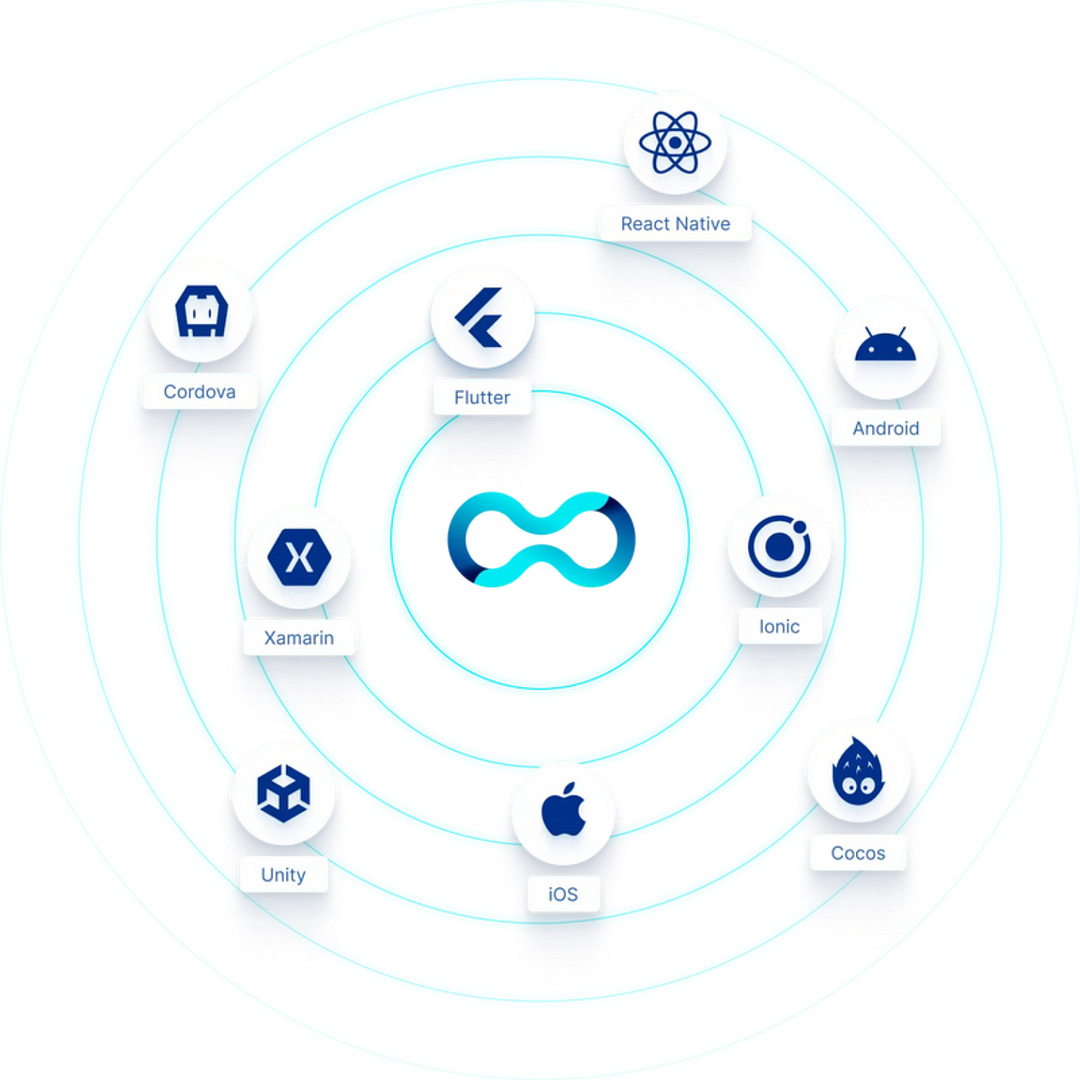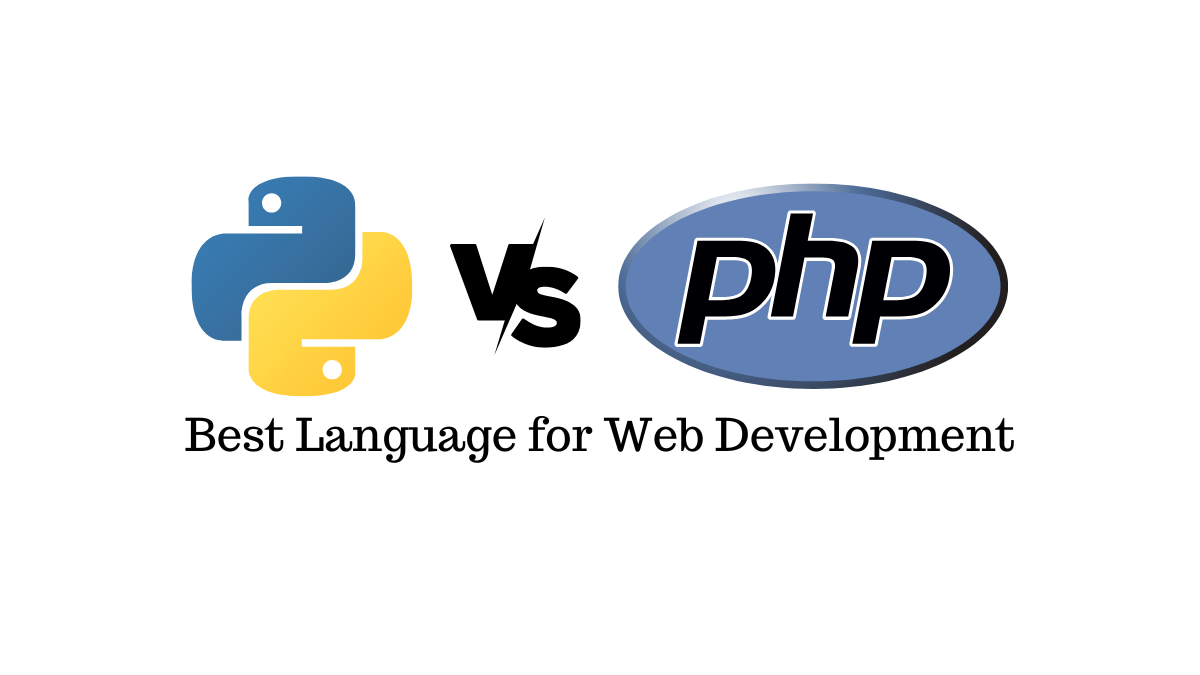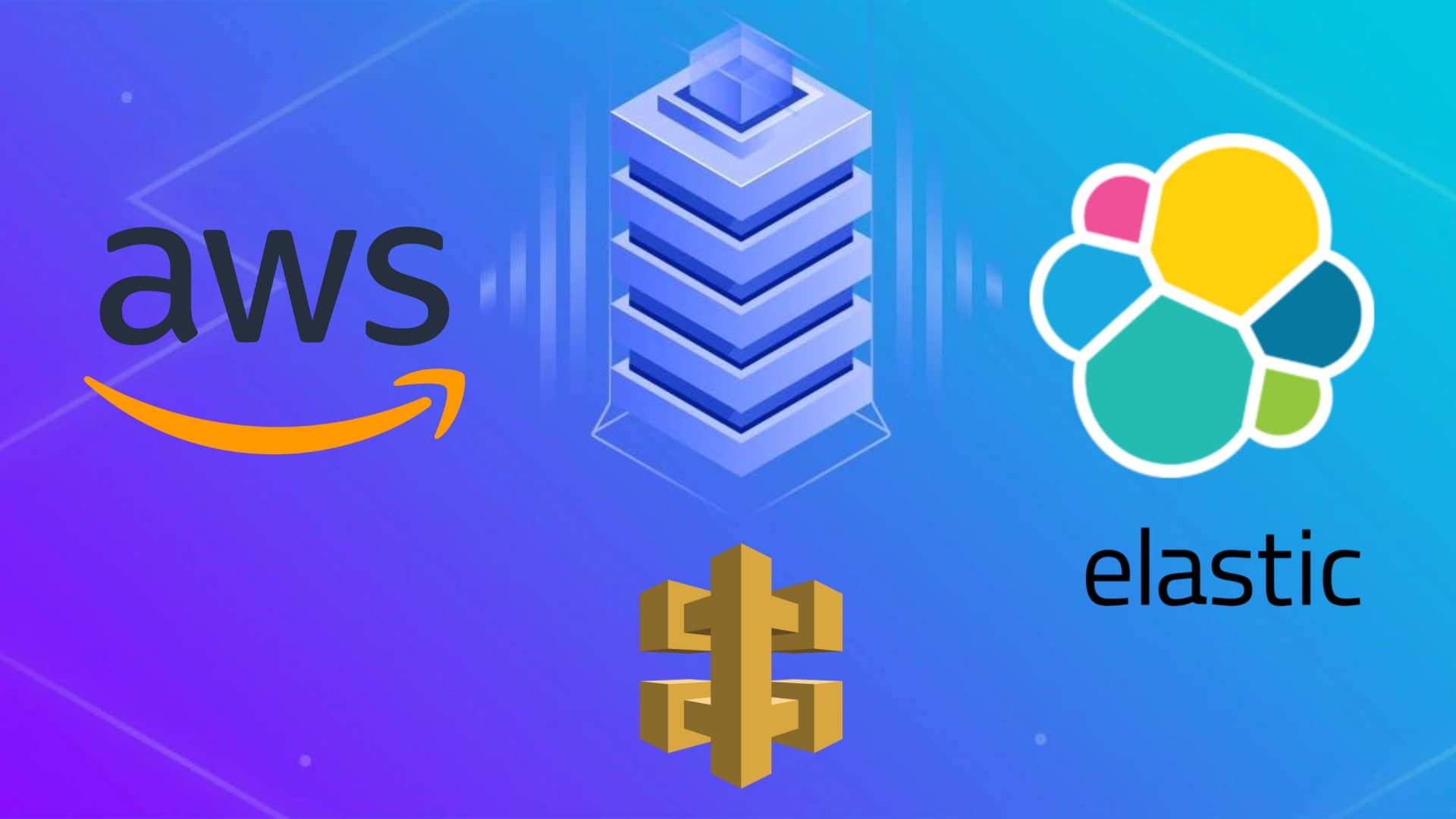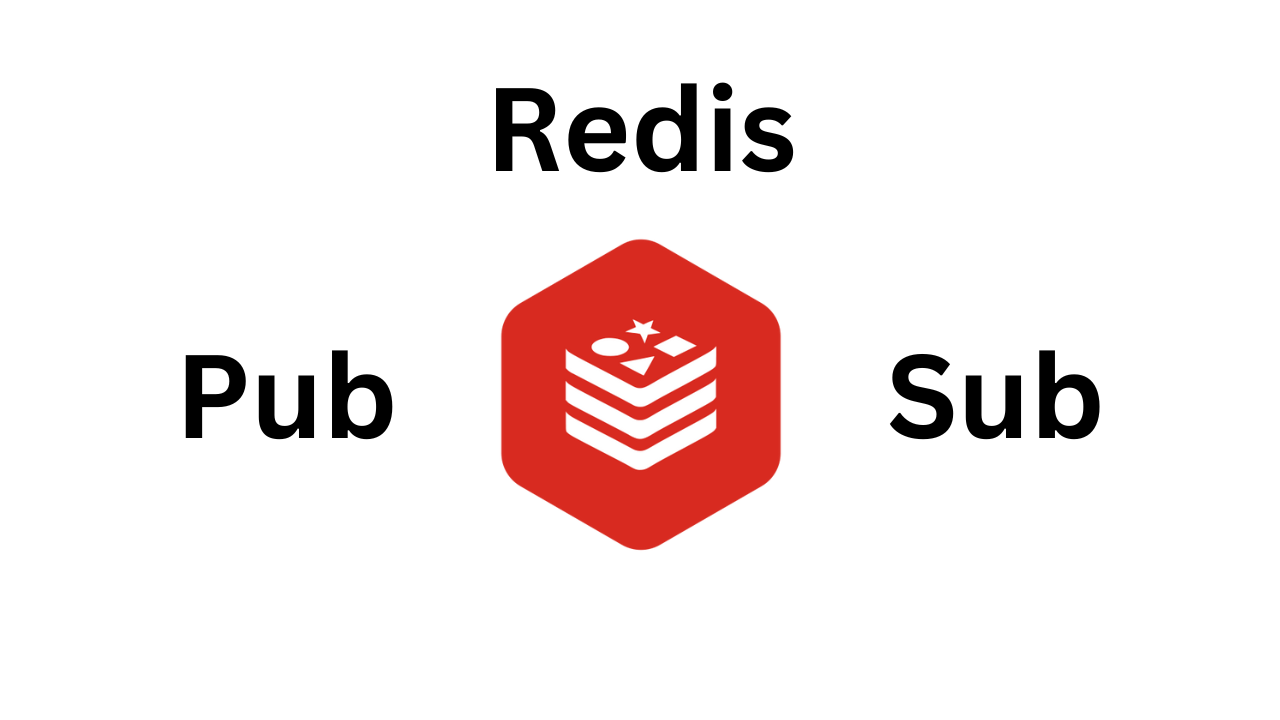
Blog Articles
Guide to GraphQL Redis Subscriptions in Node.js
Table of Contents
In the world of modern software development, real-time communication has become a crucial aspect of many applications. Developers often face challenges in implementing efficient and reliable real-time data exchange. However, with the emergence of technologies like GraphQL and Redis, the integration of real-time capabilities has become more accessible and powerful. In this blog, we will delve into the integration of GraphQL-Redis-Subscriptions in a Node.js application, exploring its significance and understanding its implementation in depth.
Understanding GraphQL Subscriptions
GraphQL Subscriptions are a powerful feature that enables real-time data transfer between the server and clients. Unlike typical GraphQL queries and mutations that are used for fetching and modifying data, subscriptions allow clients to receive data in real time when specific events occur on the server. This feature is particularly useful in applications where users require instant updates, such as in messaging platforms, collaborative editing tools, or live tracking applications.
What is Redis and How Does it Work with GraphQL Subscriptions?
Redis, an open-source, in-memory data structure store, serves as a powerful and efficient caching and messaging broker for various use cases. When combined with GraphQL subscriptions, Redis can act as a reliable pub/sub (publish/subscribe) system, facilitating the communication between the server and subscribed clients.
The integration of Redis with GraphQL subscriptions allows the server to publish events to specific channels, and the clients can subscribe to these channels to receive real-time updates. This architecture ensures scalability, performance, and reliability, making it an ideal solution for building robust and responsive real-time applications.
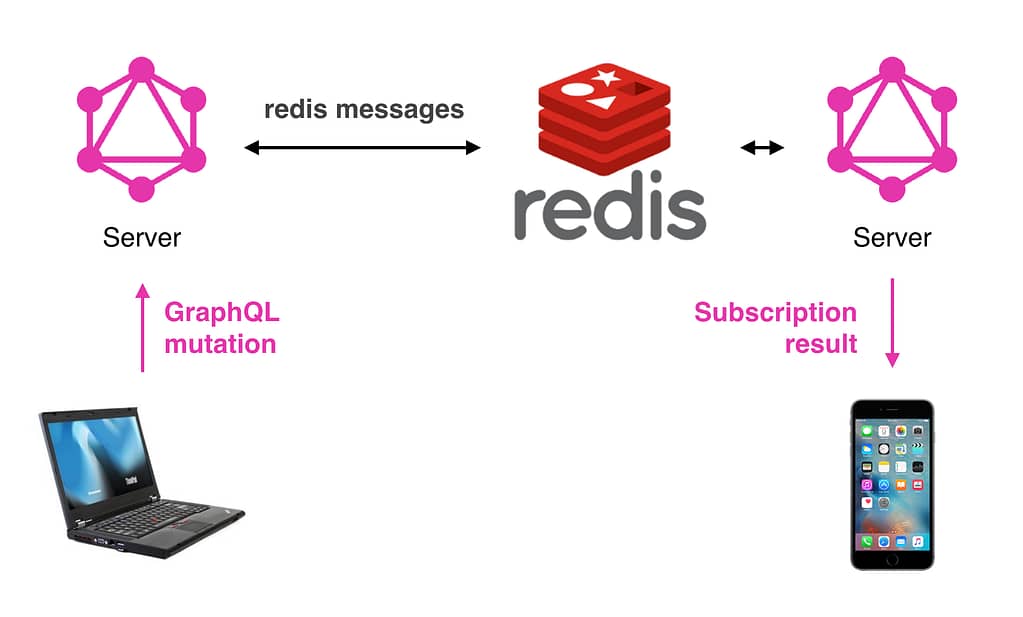
Implementing GraphQL-Redis-Subscriptions in a Node.js Application
Let’s walk through the steps to integrate GraphQL-Redis-Subscriptions into a Node.js application:
1: Installing Dependencies
|
1 |
npm install graphql-redis-subscriptions ioredis |
2: Setting Up Redis Connection
3: Create A PubSub Instance
4: Pass The PubSub Instance To GraphQl Server
|
1 2 3 4 5 6 7 8 |
Import { ApolloServer } from 'apollo-server-express'; Import { pubsub } from './pubsub'; const server = new ApolloServer({ typeDefs, resolvers, pubsub, }); |
5: Publish A Message
6: Subscribe To Message
Example
Here is an example of a subscription query:
This query will subscribe to the onMessage event. When a new message is published, the server will send a notification to the client with the message data.
Conclusion
Employing node.js development services to integrate GraphQL-Redis-Subscriptions within a Node.js application significantly amplifies its real time capabilities. Utilizing GraphQL for data management and Redis for pub/sub empowers developers to build scalable software in various sectors.
This technology stack, when integrated, allows custom software development companies to tailor robust solutions meeting the distinct needs of diverse industries. Whether it’s financial, healthcare, or travel software development, implementing GraphQL-Redis-Subscriptions elevates application performance and enhances user experiences.
In conclusion, as the demand escalates for real time, responsive applications, integrating GraphQL-Redis-Subscriptions into Node.js applications through node.js development services emerges as an efficient solution. With this integrations profound insights, developers can deliver innovative, seamless real time applications across various industries.

Get a Fast Estimate on Your Software Development Project
We are committed to delivering high-quality IT solutions tailored to meet the unique needs of our clients. As part of our commitment to transparency and excellence, we provide detailed project estimations to help our clients understand the scope, timeline, and budget associated with their IT initiatives.
Related Post

